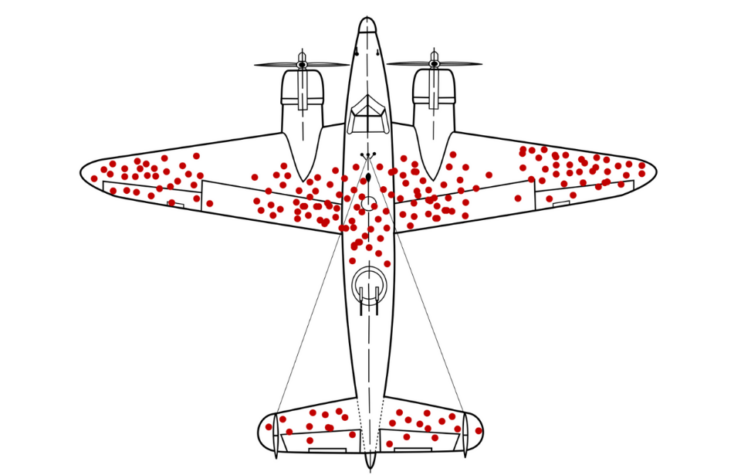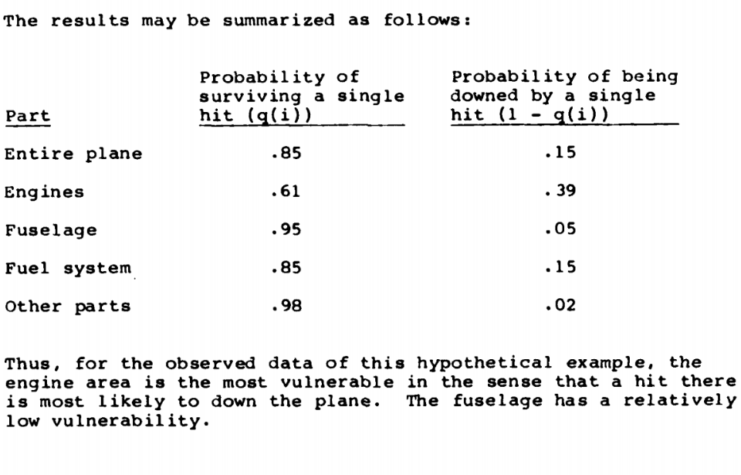Jeffrey Epstein was a fake billionaire set up by intelligence services. His private island functioned as a massive child sex trafficking ring that was used to collect blackmail on the global elite (billionaires, celebrities and politicians, etc) pic.twitter.com/P4YjQF7Kzb
— illuminatibot (@iluminatibot) February 10, 2024
warhistoryonline | Survivorship bias
With the war claiming many U.S. aircraft, the military wanted to increase the armor protection of their bombers to increase their survivability, but they were unsure of the best places to put this armor and were frankly unqualified to find out themselves.

The group was given the task of analyzing the damage received by Allied aircraft from enemy fire, and recommending the best way to increase their chances of survival. It was here that Wald made massive bounds in “survivorship bias.”
When bombers returned from missions, they’d often come home covered with bullet holes. However, these bullet holes were not evenly distributed around the aircraft, but were actually concentrated on the wings and fuselage, almost twice as much as places like the engines.
Why were bullets concentrating on the fuselage and wings? Were German pilots trained to aim there? Were they firing futuristic homing bullets? Military officers came to the seemingly obvious conclusion that the armor should be added in these areas, as after all, they were taking the most fire, right?
Not quite. Wald quickly realized what was happening, and the solution was simple.
Bullets holes weren’t found on areas like the engines because aircraft that had been shot here didn’t come home! Wald believed bullets were actually hitting the aircraft equally all over, but because the ones hit in the most vulnerable areas didn’t come home, the data incorrectly suggested that these areas weren’t being hit at all.

The only aircraft that could be examined were those that came home — the survivors. The aircraft that were being brought down weren’t available for inspection, thus creating the survivorship bias.
The massive amount of damage on bombers’ fuselages and wings was actually evidence that these areas did not need reinforcing, as they were clearly able to take a large amount of punishment. Therefore, as Wald concluded, the armor should be placed on the areas that seemingly received the least damage.


0 comments:
Post a Comment